Ask an Expert: How to Decorate a Small Spare Room
http://decor-ideas.org 04/29/2015 04:14 Decor Ideas
What do you do with that small spare room, the one that’s not quite big enough to be a full-size bedroom? Often this room is used as a child’s room or a home office (often with an awkward furniture arrangement). Sometimes it becomes a dumping ground for extra stuff. Here, design professionals offer advice on getting the most from these tricky spaces.
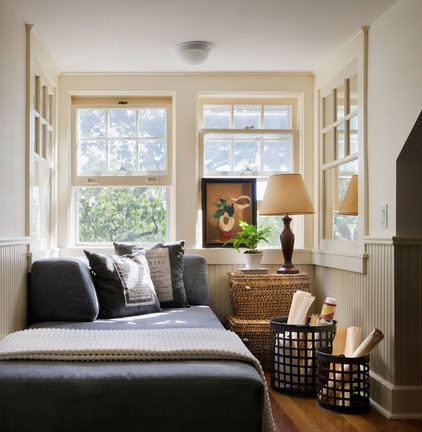
Professional advice from:
Letiche Black of AmberthDiana Greenhalgh of My Bespoke RoomCharlotte Ford of Cotton Tree Interiors
Give it a purpose. In many cases the difficulties in decorating a spare room — the room you wouldn’t be sure whether to count as a bedroom or a study if you were selling your home — stem from the ambiguity of the space.
“One challenge clients often face is to know what the room’s function is,” says Charlotte Ford of Cotton Tree Interiors. “They are often unsure of what it should be used for.” It can also be tricky to create sufficient storage and give a dinky space a focal point.
Ford suggests furnishing a guest bedroom with a daybed, as seen here. “The room can then be used as a private study the rest of the time but still look stylish,” she says. “Your daybed can be dressed up with cushions and pretty throws when it’s not being used.”
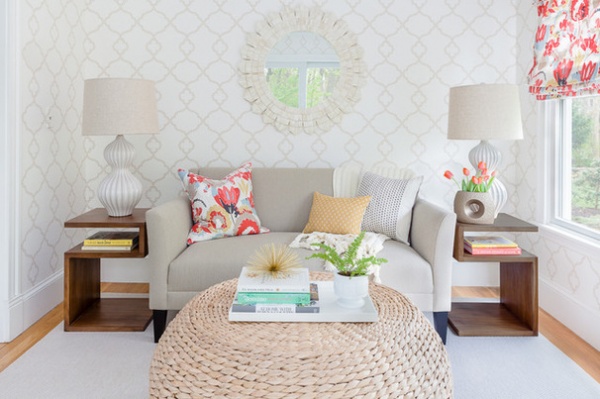
Play with reflections. This is a classic trick and one that can be invaluable in a tiny room, especially when it’s a well-used living space. “Add mirrors to help expand the space, creating an illusion that the space expands beyond the room,” Letiche Black of Amberth says.
Directing a mirror toward the view beyond the window can increase this effect, adding an airy feel as well as an optical illusion.
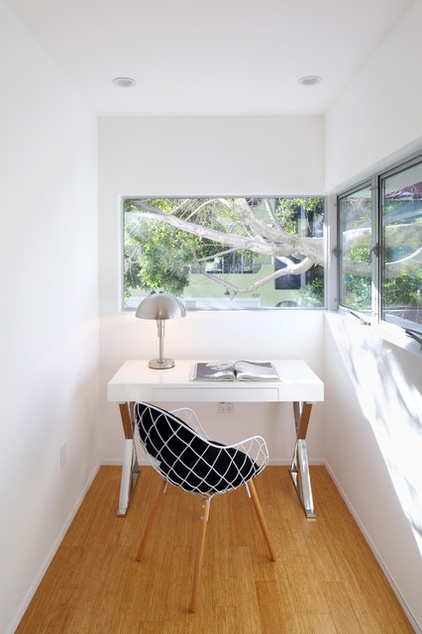
Color with care. “Once you know how the space will be used,” Black says, “you can start thinking about colors and whether you will opt for a darker shade for a more intimate feel, or brighter tones for a more open, airy approach.”
If your spare room is blessed with an abundance of natural light, paint it white to boost the airy effect and eliminate any cooped-up feeling. Keeping furniture and decor pared down and using pieces you can see through will add to the free-flowing feel.
But if you’re dealing with a windowless or dark room, it will never look light. White paint in this situation risks appearing gray and dull — so go the other way with a bold, moody or quirky look.
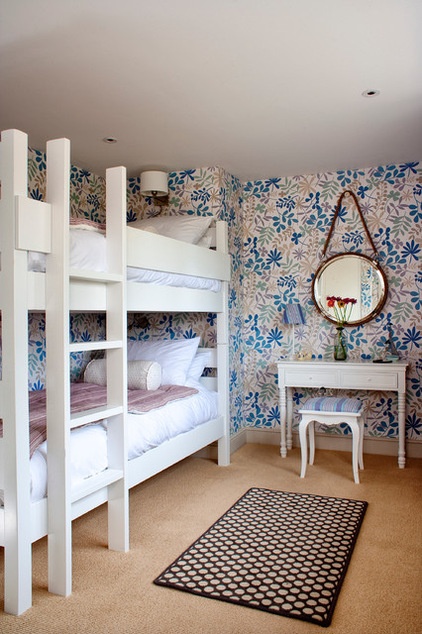
Embrace maximalist decor. “Small spaces make great areas in which to be more creative,” Ford says. “Go overboard with wallpaper and cover all the walls — even have the same design on the curtains.”
Spare rooms are often used as kids’ rooms. This space also shows how nicely bunk beds can boost the usage of space in a small area.
“It’s all about fitting everything you need into a small space without impacting on how you physically move around the room,” says Diana Greenhalgh of My Bespoke Room.
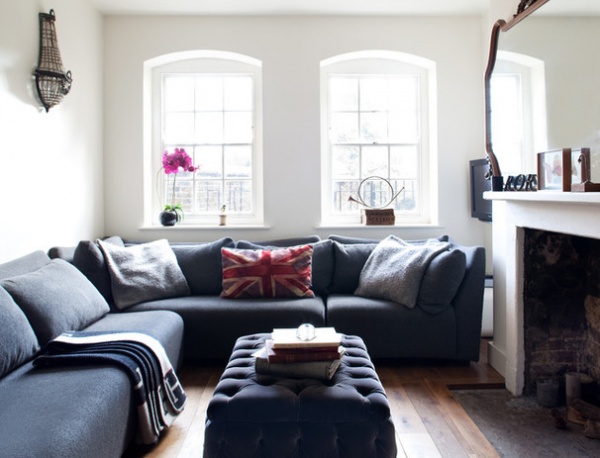
Focus on the features. “Embrace original features, which will add depth to the space,” Black says. Here, though the fireplace takes up space, it adds visual interest, making this little living room feel substantial rather than appear to be a featureless little box.
Note, too, how effective that large mantelpiece mirror is at seemingly expanding the room’s dimensions. Skipping window treatments, if you can, will also keep a small room feeling more open. If you have good-looking windows such as these, all the more reason to keep them bare.
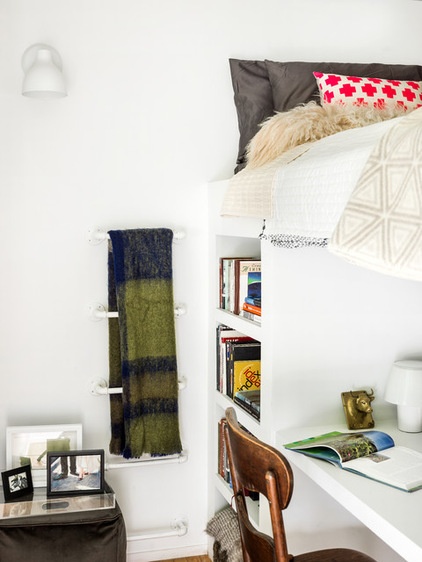
Get on up. Greenhalgh advises using the space in a spare room vertically as well as horizontally. “Keep the larger surface area of the bed near the top of the room so you have more free floor space,” she says.
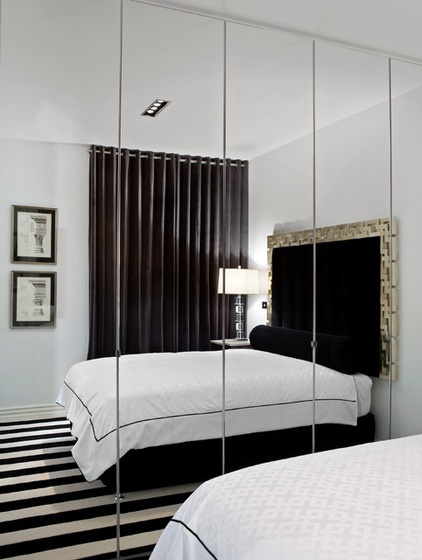
Pimp out your storage. Built-in storage — if you can squeeze it in — is a fantastic way to pack extra space into a tiny bedroom. Adding a wall of mirrored doors takes the humble fitted wardrobe to a whole new level in this small sleep space, exploiting Black’s mirror trick to the max. The black and white striped rug provides another optical illusion, appearing to stretch the floor away from the bed.
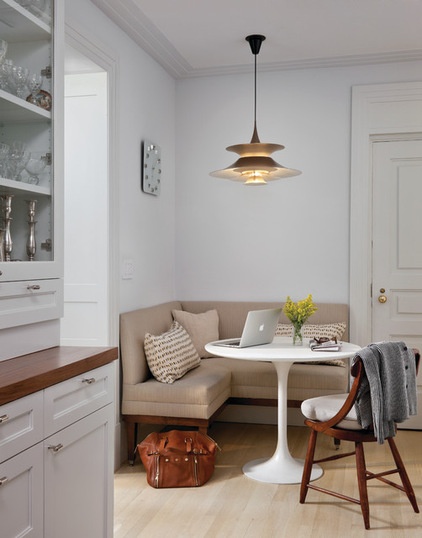
Round things out. “Try to understand exactly how you will use the space and design around that, defining each area with real purpose,” Black says. “A round table in a corner works well in a square room. Not only will it fit neatly, it will help to create a better flow within the space.”
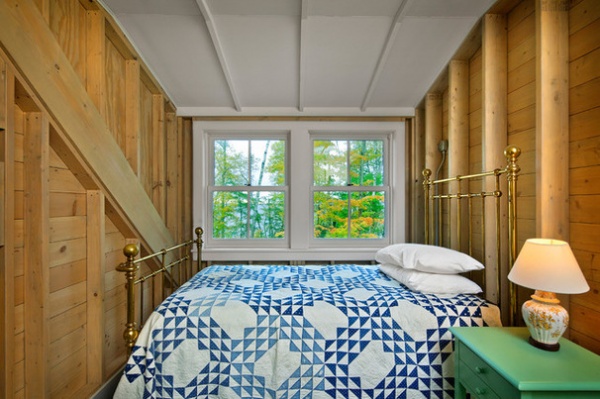
Downsize your bed. To make the most of the space, use appropriately sized furniture and try not to overcrowd the room, Ford says. If you can’t comfortably fit a double bed into the room, go smaller.
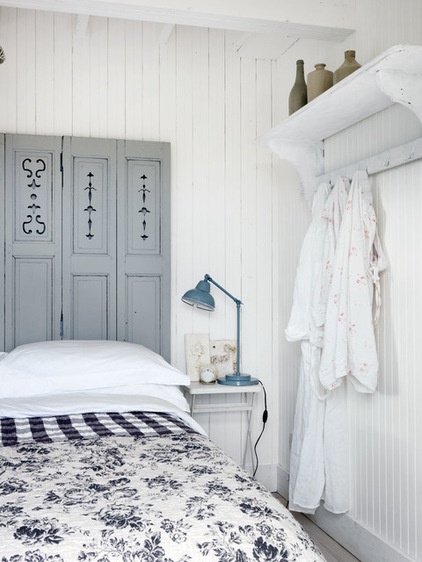
Hang it up. “If there really isn’t space for a wardrobe,” Ford says, “think about using some decorative hooks and lovely fabric hangers, just enough for a guest to hang one or two items.” She also suggests choosing a bed with a base so that suitcases and other bulky items can be hidden beneath it.
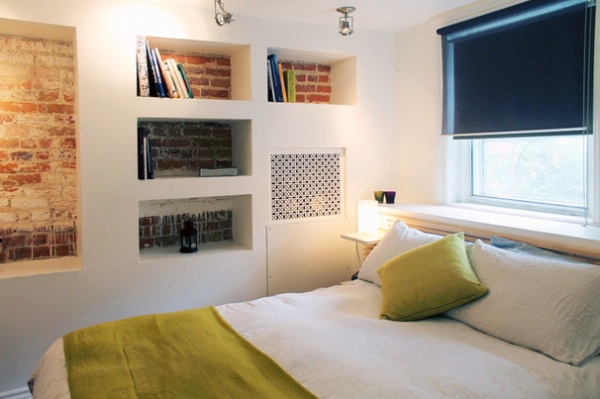
Dig in. When you don’t have the luxury of being able to encroach on the livable space in a room with protruding shelves, why not dig into a wall to create storage niches? Here, architectural interest has been added too, which, as Black has suggested, creates depth in rooms that can otherwise be featureless.
Do get an expert to check out your walls first to see whether they’re suitable, as this won’t work on every type.
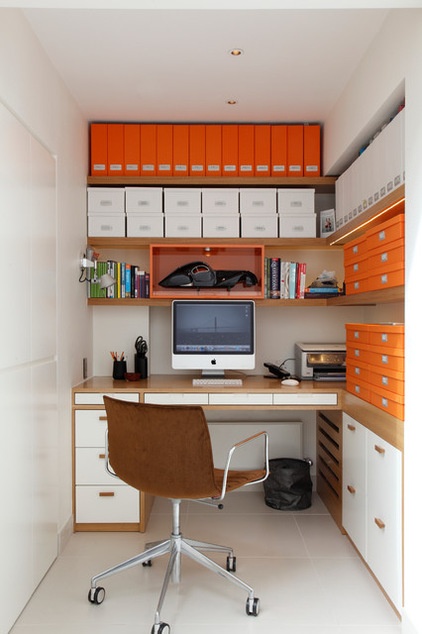
Employ the “two’s company” rule. A home study or office can be a fantastic way to make the most of a spare room. But to avoid feeling cramped while you work, Greenhalgh advises, use two full walls but leave the others completely free. “This balances functionality and ergonomics,” she says. “The desk should also be positioned at the small end to create the feel you’re lengthening the space.”
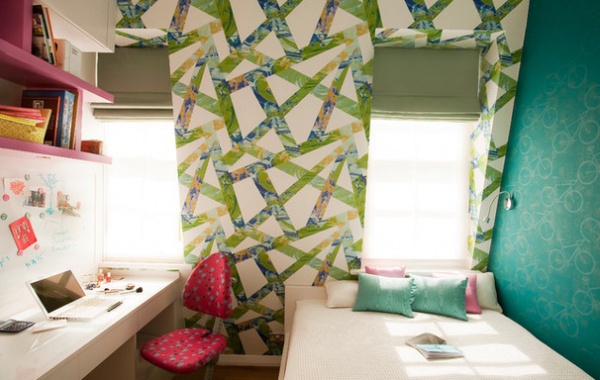
Create a feature wall. Black explains why carefully positioned wallpaper in a square space is such a clever trick. “It focuses the eye to one particular wall, drawing you into the space and changing how you see the shape of the room,” she says.
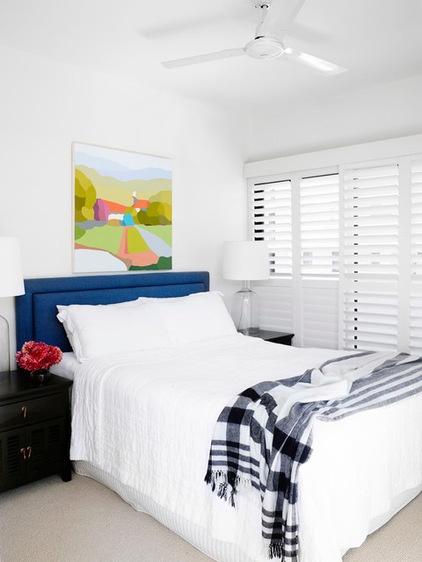
Add depth. Finding the right colors for the walls in a small bedroom can be challenging, as you try to inject depth into the room, Black says. In an otherwise plain room, details such as a striking landscape painting that draws you toward a point in the distance, and structurally interesting shutters, as seen here, can create a sense of depth where there was none.
The challenge of these rooms, Black says, is that “you have to consciously think about every little detail, as the space won’t give any natural clues.”
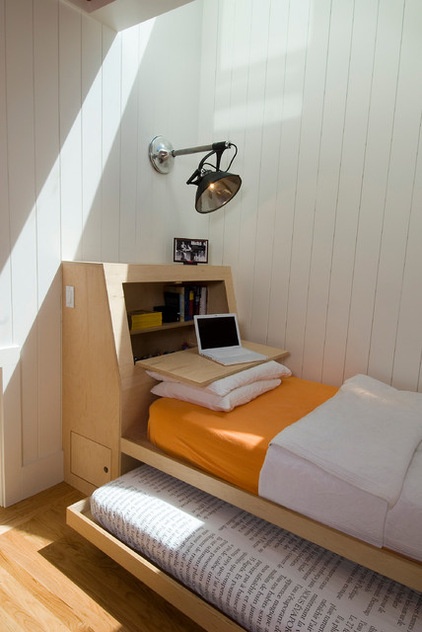
Choose clever furniture. Not only should you consider choosing downsized versions of regular furniture to make more of a little room, Greenhalgh says, but you should also seek out furniture that does more than one thing.
This narrow bed is also a desk, a shelf and a bedside perch, and it houses a spare bed as well.
Tell us: Have you done something smart with the smallest room in your home? Share your tips and photos in the Comments below.
Browse more stories on decorating in small spaces
Related Articles Recommended












